With energy bills likely to remain high for some time, users of compressed air must consider every potential energy-reducing measure. In tandem with growing demands to reduce carbon footprint as the UK transitions to a net-zero future, many companies are looking at compressed air technologies for the solution. Air dryers, which are essential to improve the quality of compressed air and protect valuable assets, are no exception. With this thought in mind, Hi-line’s latest Tundra range of refrigeration air dryers is its most energy-efficient to date, helping companies reduce costs, remain competitive and boost their green credentials.
Tundra refrigeration air dryers outperform rival technologies in energy efficiency by minimising pressure drop and lowering absorbed power. The principle of operation is direct expansion, which offers a notable advantage over thermal expansion dryers, namely a far more stable dew point of +1°C at all load levels. This stability contrasts greatly to thermal expansion dryers, where dew points can range from +3°C to +20°C. Importantly, this impressive stability in no way compromises performance: Tundra refrigeration dryers deliver continuous dry air that satisfies ISO 7183 industry standards.
One of the secrets behind the energy-efficient Tundra series is the improved and patented single-cell heat exchanger, which delivers highly efficient heat transfer at low energy costs. In essence, pre-cooled air enters the all-aluminium heat exchanger module while post-heated air departs, supporting a reduction in the energy consumed by the chiller circuit.
Another energy-saving attribute of the Hi-line’s Tundra range of refrigeration air dryers involves condensate removal. A link between the microprocessor controller and the condensate removal valve ensures minimum loss of compressed air during condensate discharge, again saving energy. This function is fully programmable in line with climatic and seasonal conditions.
A variable-speed fan is among further energy-reducing technologies that help to drive down bills. Fan speed is adjustable via the multifunction control panel, providing users of Tundra refrigeration air dryers with improved process control, increased power factor and significant energy savings.
Controlling the fan speed on the refrigerant circuit also presents the opportunity to eliminate components such as fan pressure switches which, over time, can sometimes become defective in compressed air dryers. The less moving parts, the more reliable the product.
Providing a robust and highly reliable build quality is a priority at Hi-line. For instance, following significant company investment, all Hi-line Tundra dryers now feature Scroll Freon refrigerant compressors, which offer the lowest possible power consumption and deliver cost-effective, long-life performance. The refrigerant system also takes advantage of liquid receivers, line dryers, thermostatic expansion valves and a series of safety features to protect the Freon compressor and its parts. In short, the design of Hi-line’s Tundra range centres on engineering specification, rather than budget.
As a point of note, Tundra dryers take advantage of R513a refrigerant in models up to and including Tundra 115 (115 cfm, 195 m3/hr capacity). A HFC/HFO blend, R513a refrigerant has no ODP (Ozone Depletion Potential) and a much reduced CO2 impact in comparison with the previous R134a refrigerant.
Tundra refrigeration air dryers with capacities up to 1530 cfm are available ex-stock from Hi-line’s centrally located headquarters and manufacturing facility in Burton upon Trent. The company also offers larger and higher pressure dryers (up to 40 bar) on short lead times.
www.hilineindustries.com

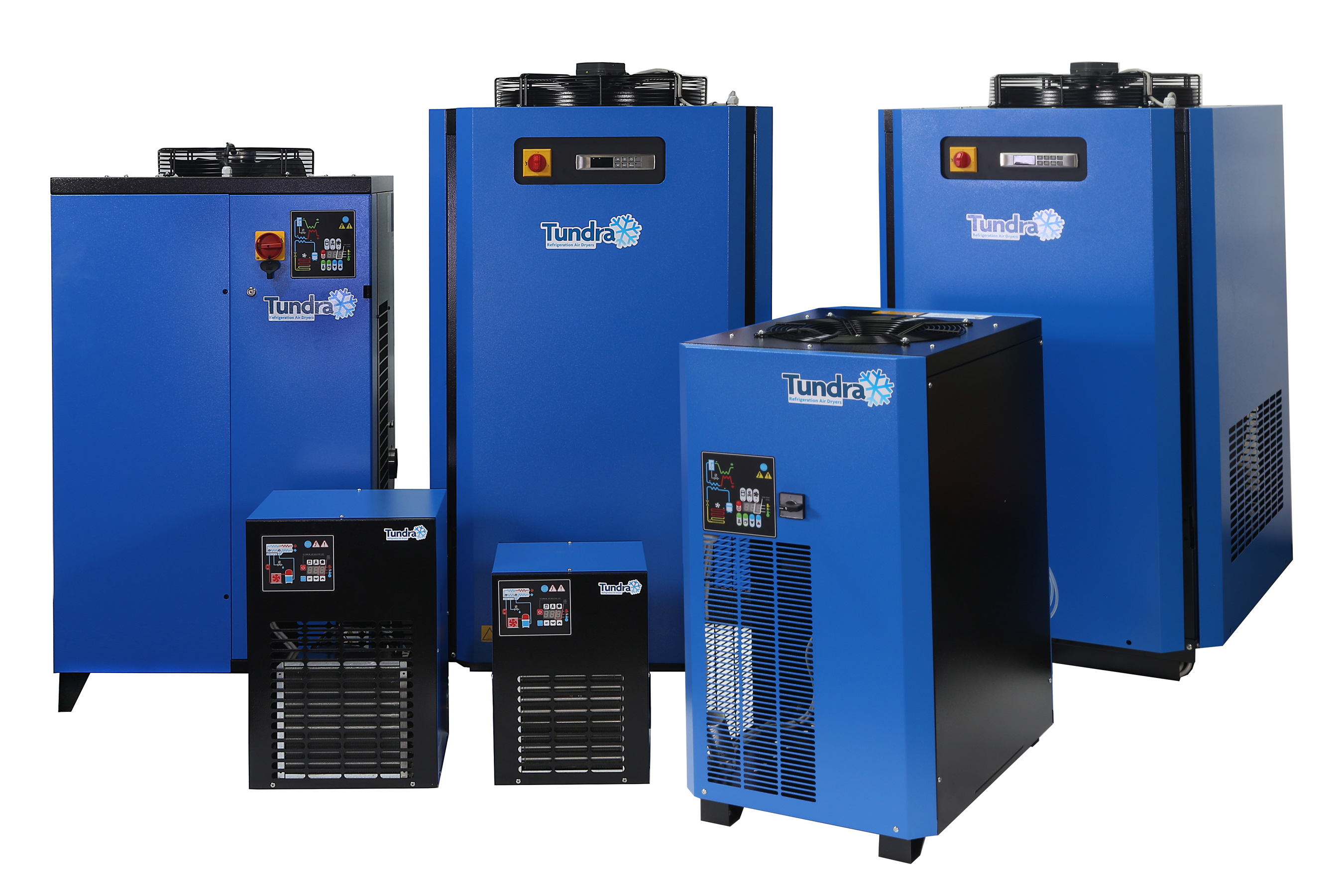
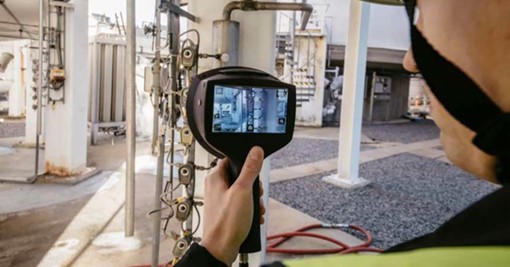

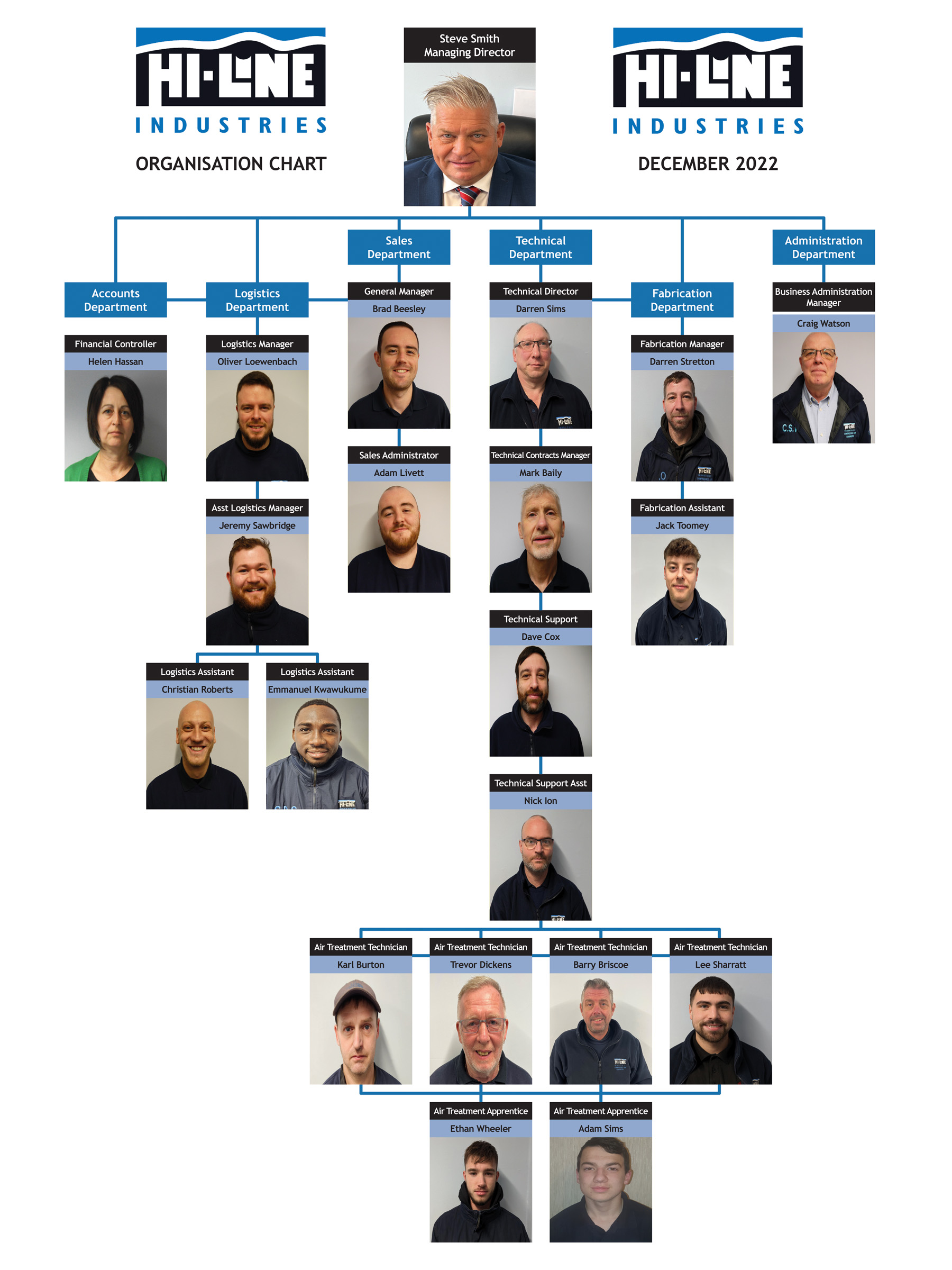
 The main reasons for this are to ensure the reliability of the instrument, that it can be trusted. To determine the accuracy of the instrument and to ensure the readings are consistent with other measurements.
The main reasons for this are to ensure the reliability of the instrument, that it can be trusted. To determine the accuracy of the instrument and to ensure the readings are consistent with other measurements. The METPOINT FLM flow meter measures the compressed air volume flow, which is the basis for accurate consumption analyses for cost reduction and effective energy management. METPOINT FLM sensors reliably detect leakage, overloads and malfunctions. Based on the analysis of the sensor data, the components of the compressed air system can be adjusted for optimum efficiency.
The METPOINT FLM flow meter measures the compressed air volume flow, which is the basis for accurate consumption analyses for cost reduction and effective energy management. METPOINT FLM sensors reliably detect leakage, overloads and malfunctions. Based on the analysis of the sensor data, the components of the compressed air system can be adjusted for optimum efficiency. 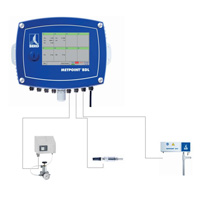 BEKO TECHNOLOGIES can now measure compressed air to ISO 8573-1 class 1 of the ISO standards. This is extremely important for industries such as food & beverage, pharmaceutical, medical, automotive and many more. BEKO TECHNOLOGIES have a portable test rig which comprises of the following four components:-
BEKO TECHNOLOGIES can now measure compressed air to ISO 8573-1 class 1 of the ISO standards. This is extremely important for industries such as food & beverage, pharmaceutical, medical, automotive and many more. BEKO TECHNOLOGIES have a portable test rig which comprises of the following four components:-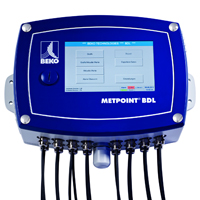 For the last few years BEKO TECHNOLOGIES have been consolidating their position as the leading provider of solutions for treatment of compressed air and condensate. At the same time a number of innovative measuring devices have been brought to market such as the METPOINT OCV which is the best way for companies who require the highest levels of “oil free compressed air” to continuously measure the remaining oil vapour content.
For the last few years BEKO TECHNOLOGIES have been consolidating their position as the leading provider of solutions for treatment of compressed air and condensate. At the same time a number of innovative measuring devices have been brought to market such as the METPOINT OCV which is the best way for companies who require the highest levels of “oil free compressed air” to continuously measure the remaining oil vapour content. Martin Potter, general manager of BEKO TECHNOLOGIES has been elected by a ballot of the committee members as the new chairman for the Air Treatment and Applications Committee (formerly PCAT committee).
Martin Potter, general manager of BEKO TECHNOLOGIES has been elected by a ballot of the committee members as the new chairman for the Air Treatment and Applications Committee (formerly PCAT committee).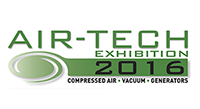 BEKO TECHNOLOGIES will be exhibiting at the Air-Tech show 2016 at the NEC, Birmingham from 12-14th April. Please come and see us in hall 3A at stand AF244.
BEKO TECHNOLOGIES will be exhibiting at the Air-Tech show 2016 at the NEC, Birmingham from 12-14th April. Please come and see us in hall 3A at stand AF244. BEKO TECHNOLOGIES have just signed up to exhibit at the Foodex exhibition at the NEC Birmingham 18-20 April 2016.
BEKO TECHNOLOGIES have just signed up to exhibit at the Foodex exhibition at the NEC Birmingham 18-20 April 2016.